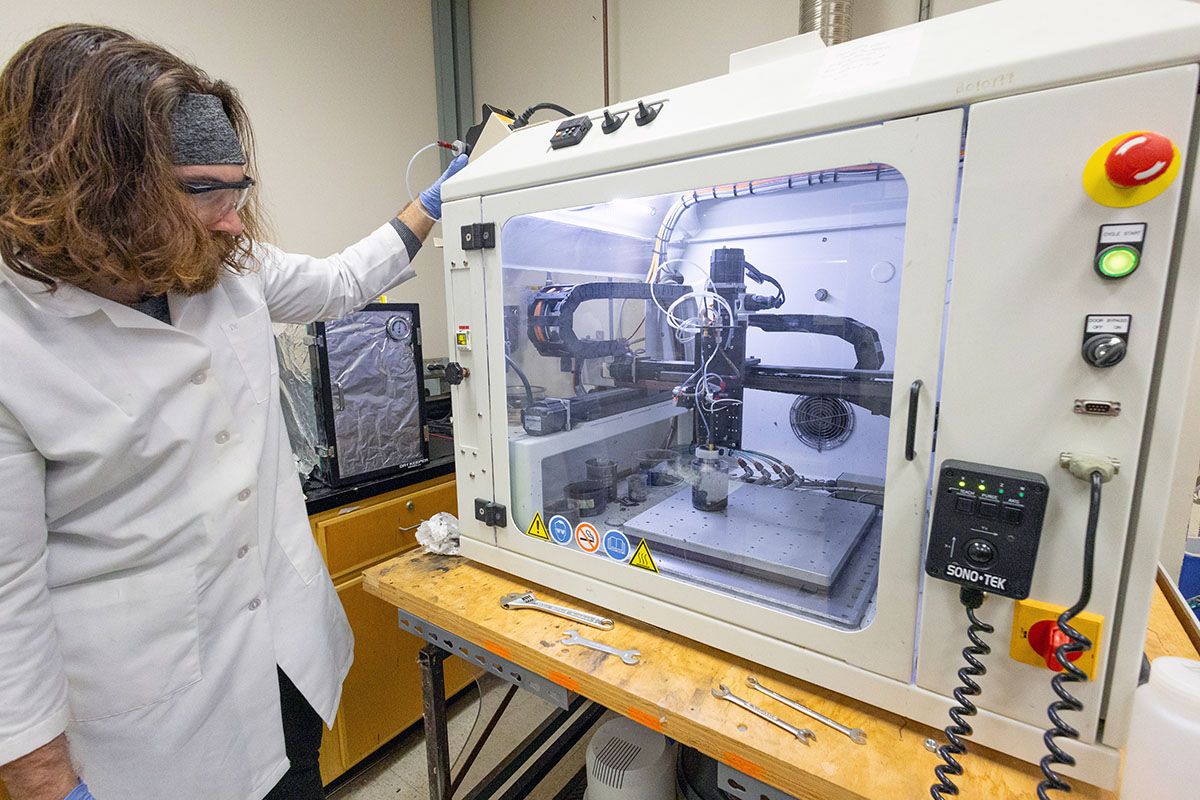When I talk with small businesses, startups, and big OEMs working on batteries, I hear the same story. On one side, there are labs making tens of cells by hand in glove boxes, with careful notes and plenty of craft. That effort can signal feasibility but rarely convinces a VP or investor who needs scalability and repeatability. On the other side, there are lines turning out tens of thousands of cells a day, locked to one product and one recipe. They won’t pause so a small program can run a few hundred cells of five slight variants. The useful ground in the middle is missing. Teams need a way to make hundreds of consistent cells quickly, trace exactly what went into them, and repeat runs after tweaking a single variable. Right now that means bending someone else’s operation out of shape and learning with thin evidence.
The team at the Carolina Institute for Battery Innovation (CIBI) at the University of South Carolina (USC) discovered this through open discussions with people across the battery landscape as well as surveys of possible users and other universities and contract facilities. Some universities cover parts of the need but are oversubscribed. Contract plants excel once you know exactly what you want, but they aren’t built for the early, messy questions. This leads to projects leaping from coin cells to full production assumptions, then stalling when real-cell behavior diverges. By the time teams chase large-scale capacity, they’ve often already made costly decisions on ambiguous data.
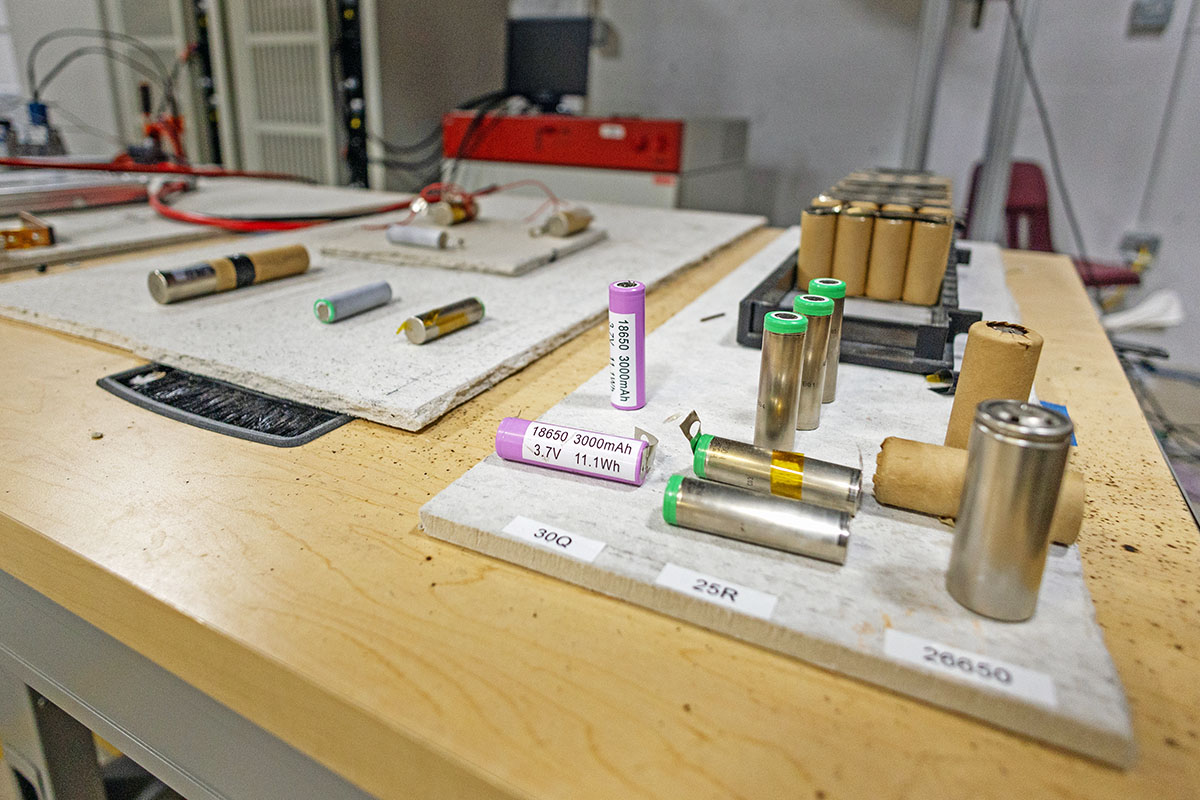
What engineers actually need
When a team asks for a pilot run, they don’t want (or need) a mini gigafactory. They want to keep most variables steady, change only one knob, and walk away with data they can defend in a room where people can say no. They want their engineers on the floor next to ours so the learning isn’t third-hand. They want cells and datasets to travel together so that six months later, a voltage plateau or rise in impedance still maps to a specific weld head, slurry lot, or dry-room dew point.
Trust comes from pragmatic traceability. No one needs a full battery passport for early R&D. They need to record which coating lot ran on which web, the calendaring target, the weld-head parameters, and the formation protocol. That’s enough metadata to explain performance, but not so much that analysis becomes the job.
Format choice matters. Five- to ten-amp-hour pouch cells expose thermal and mechanical realities without the risk profile of very large cells. Tabs, seals, and stack pressure behave like they do in production, but a mistake won’t shut down the line for a month. From there, many programs step to 18650 or 21700: big enough to matter, small enough to manage, and aligned with industry direction.
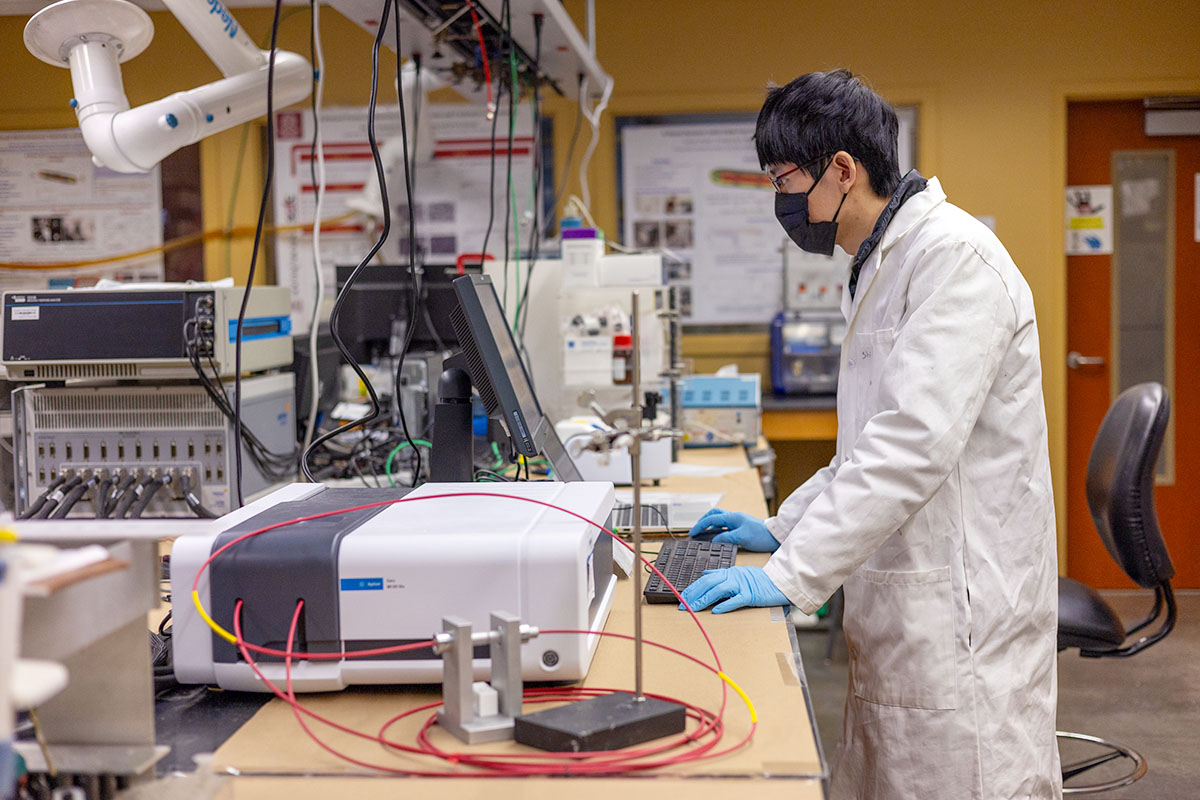
Ms. Belinda Agamah in Prof. William Mustain’s lab punching electrodes for Si-anode battery testing.
Constraints that shape the work
University lines can log data around the clock, but when you’re changing recipes daily, a full MES only slows you down. As we are building the capabilities in CIBI, we are mindful to stay at the pre-A/A level of technology validation, not mass-production PPAP, so our quality system matches our intent.
We will barcode every cell and record only the critical variables like coating lot, calendaring target, weld parameters, formation profile. That way, we will always know what changed without drowning in metadata. Metrology earns its place: if a measurement doesn’t alter a decision, we won’t collect it.
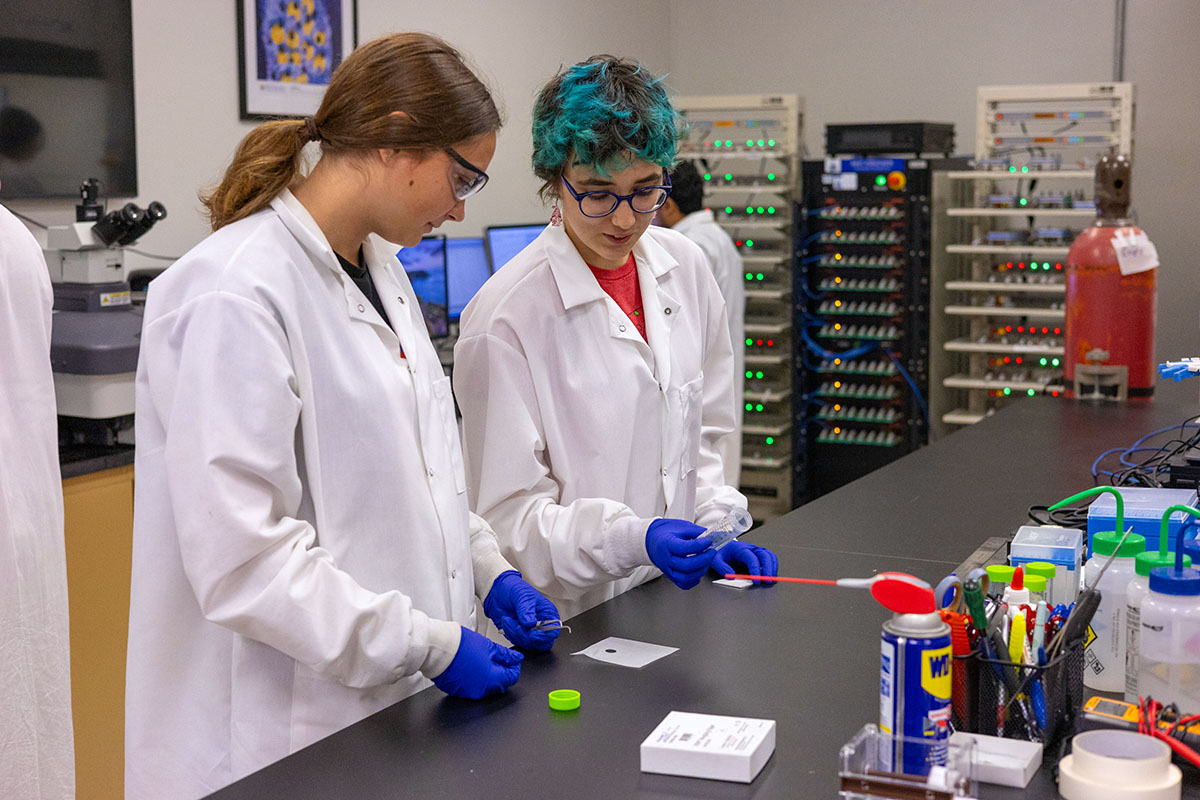
That lean traceability drives our turn to X-ray CT. Rather than scan every cell, we ask early experiments where CT delivers the biggest payoff—post-stack alignment, weld-head integrity, or post-formation defects—and then deploy it as a decision lever. CT reveals subsurface voids, misalignment, or coating delamination that electrical tests alone can’t catch. By targeting scans where they expose hidden failure modes, we turn images into same-day adjustments and avoid metrology for its own sake.
Good data plumbing ties it all together: every plot still maps to a coating lot, web ID, or formation profile without detective work.
Where teams stumble
Most early projects succeed or fail on materials integration. A partner ships a new powder or separator. You mix, coat, dry, calendar, and slit. Everything looks fine—until a weld or seal reveals a sensitivity invisible in coin cells. A powder that behaves well in small batches may fail when exposed to production solvents, drying curves, or pressure. A separator tolerant of one weld energy may buckle at another. Small process changes can break lifetime.
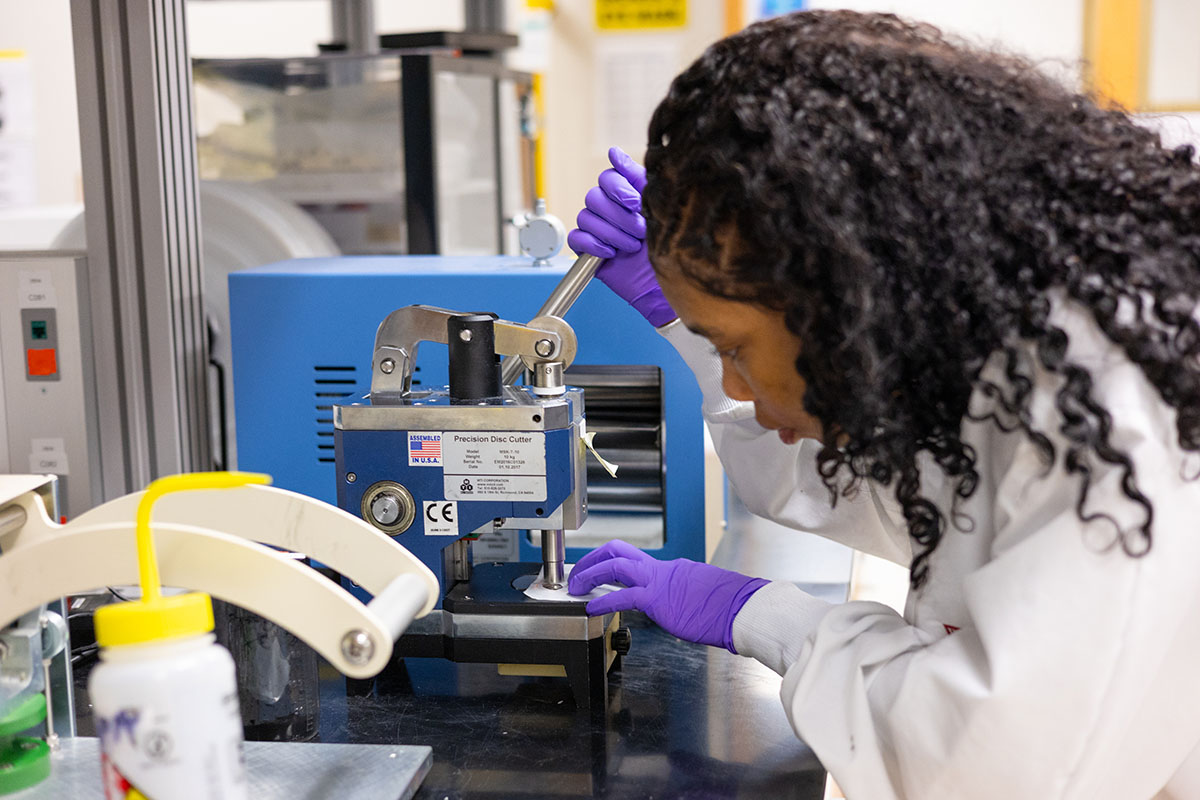
Running mixing → coating → drying → calendaring → slitting → assembly → welding → sealing → formation as a coherent sequence surfaces those sensitivities quickly and in context. If a dataset flags a high tab-weld void rate correlating to rising formation resistance, you adjust the weld head that day—not debate slides weeks later.
Data trips teams up too. Spreadsheets multiply, copies diverge, and folders labeled “final” fill with versions. Months later, no one can reproduce the figure that justified the next phase. Design for the human who reviews the data: decide what to collect, make it mandatory, and keep it close to the work. The aim isn’t pretty dashboards; it’s a clear decision someone can trust.
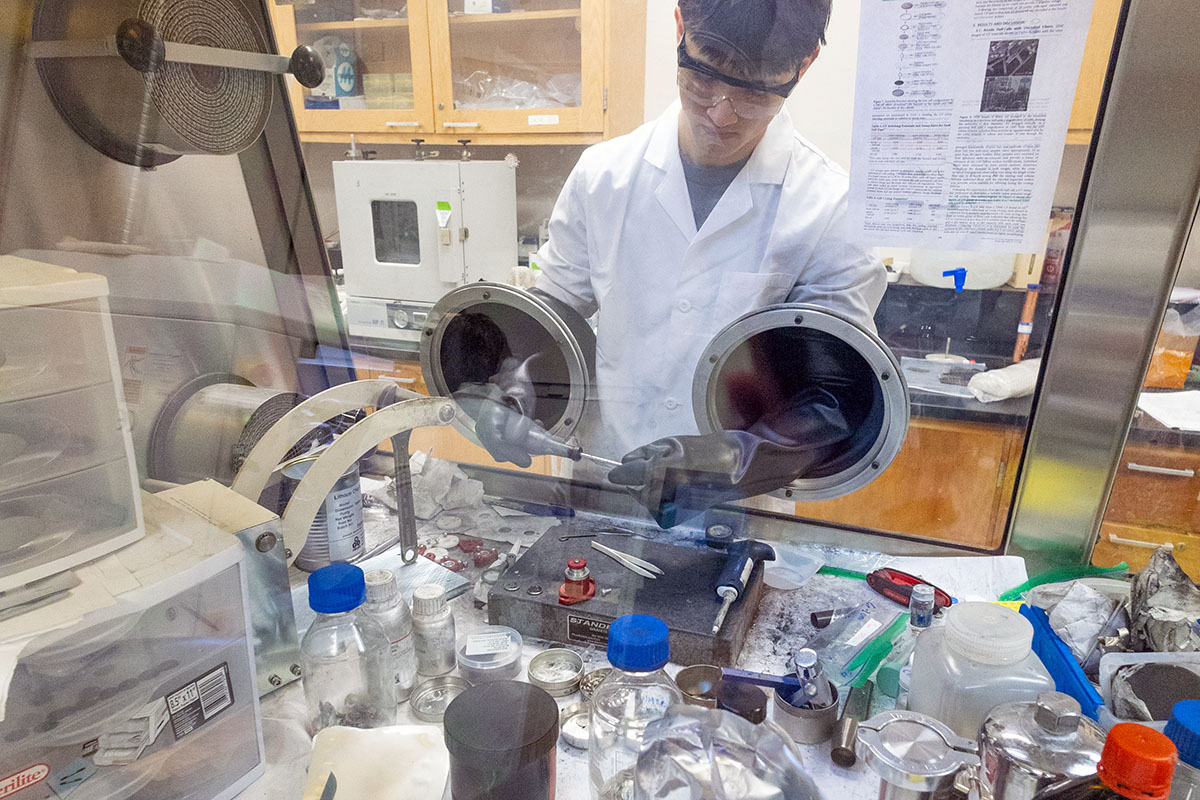
A practical pilot, not a mini-factory
There is real demand for a trusted middle ground. Some academics excel at mechanism studies and new materials—work that happens in my research lab and those around USC, which I respect deeply. But, as we are building CIBI, we are drawn to what happens in real cells under real operating conditions, and to building teams and infrastructure so more people can do that work well.
We are standing up a pilot line in the Southeast United States for that middle ground. We’ll begin with 5–10 Ah pouch cells (operational in Q4 2026) because that’s where demand is strongest and where we learn fastest without splitting focus. Tabs, seals, and thermal behavior reveal themselves early enough to guide changes with manageable risk. About 6 months later, we will bring production of 21700 cylindrical cells online. That sequence reflects input from safety consortia, internal experience, and government R&D programs. 21700 hits a Goldilocks zone—large enough for meaningful energy-density and thermal studies, small enough to avoid the safety and capital burdens of very large formats.
.jpg)
Three engagement patterns
- Make to recipe. You provide a bill of materials and process windows. We will assemble, form, and test to spec, then return finished cells and a clean dataset. Think of it as “make 300 cells with this conductive cathode additive exactly as written.” The value lies not in the machine list, but in data and cells that agree and can be defended.
- Design of experiments. We codevelop a matrix—say, anode additive vs. multiple electrolytes—execute builds, handle formation and testing, and deliver results in a format your analysis stack ingests. The aim is clarity: if an additive works only at certain solvent ratios, you see it on one page, not buried across files.
- Longer R&D partnerships. Over a semester we plan three or four build cycles, layer in physical characterization and failure analysis, and coauthor decisions that turn ideas into IP. This is where CT, cross-sections, and simple mechanical tests converge. A weld fix shows up in resistance data and images, not just in meeting minutes.
For data stewardship, we formalize capture, curation, and handoff so results stay useful across iterations. Engagements run days to weeks. Engineers work side by side in the assembly process. Our target remains pre-A and A cells for technology validation. Every cell gets a barcode. Lots and critical settings are tracked. We define capture, curation, and handoff up front so that months later, explanations still link performance back to process variables.
If this middle ground sounds familiar, bring your engineers and open questions. We’ll bring a line built for learning and the discipline to keep evidence clean.
What motivates the CIBI faculty and staff is being the trusted partner that moves ideas out of the glove box and into real cells. It is gratifying to see a company come in with a hunch and leave with evidence they can act on.
.png)



